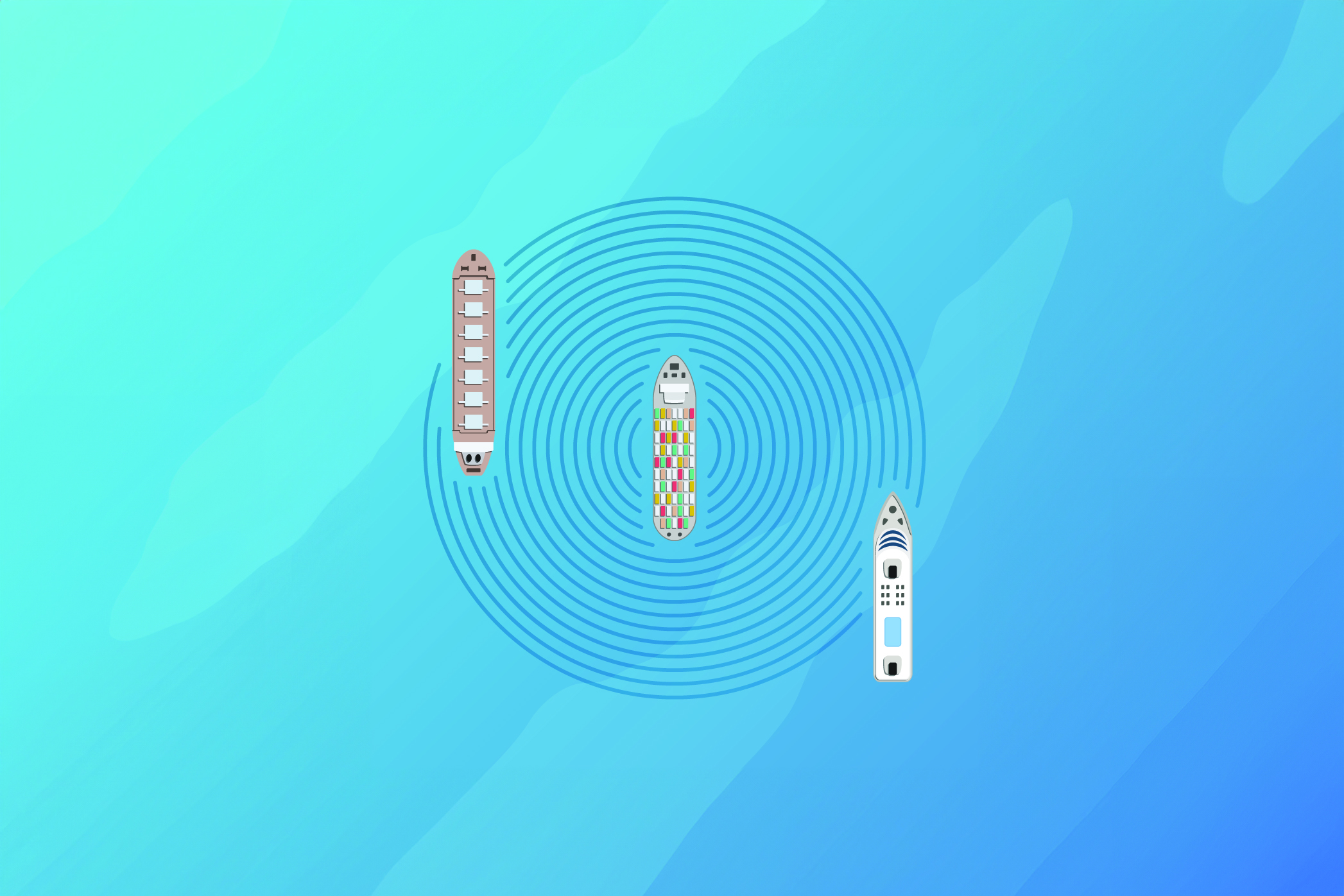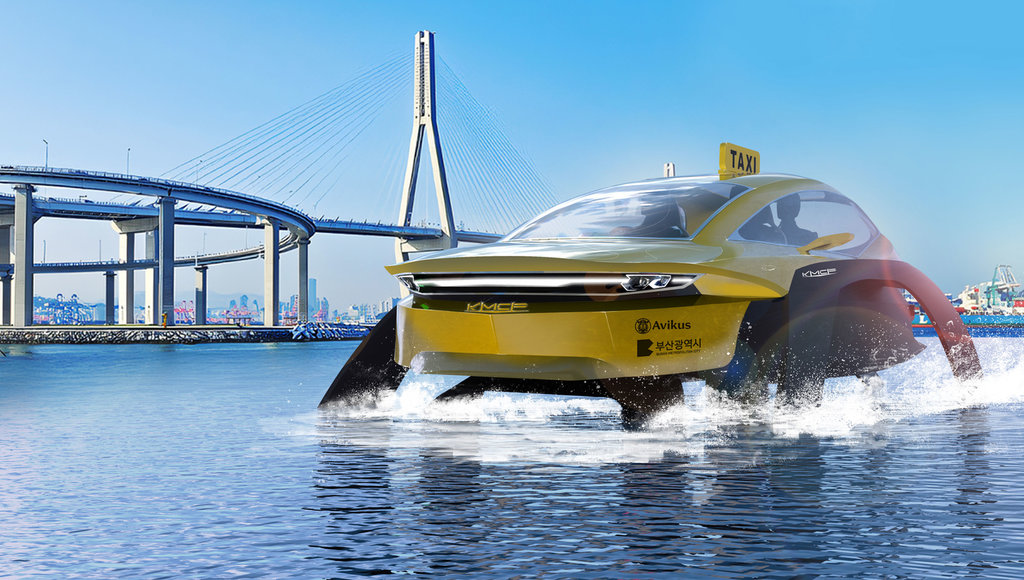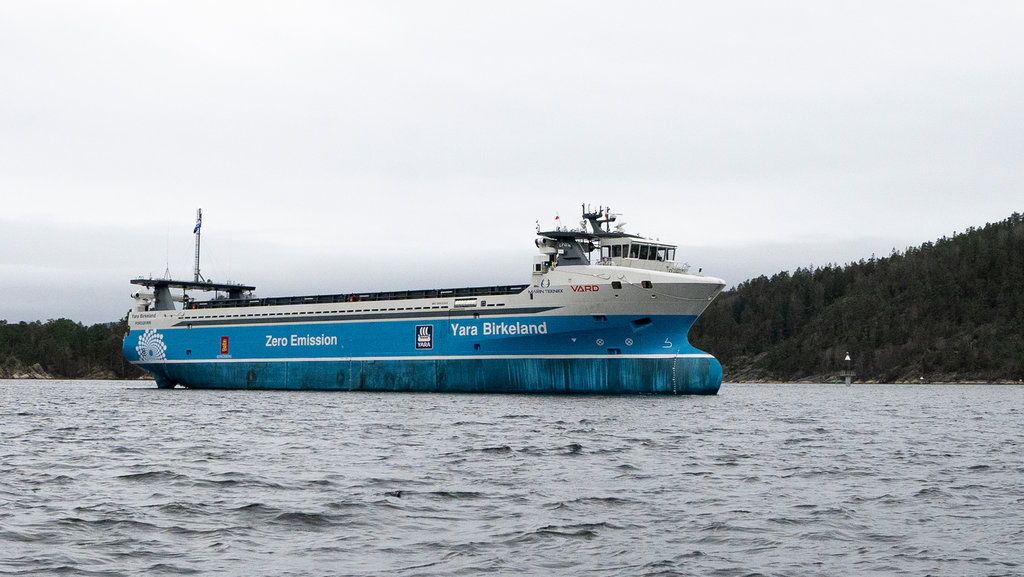Feature
MASS: navigating the autonomous waters
Autonomous shipping technology is evolving at a rapid rate. Keri Allan asks: will maritime autonomous surface ships ever become mainstream?

Interest in autonomous shipping continues to grow, as technological innovation propels maritime autonomous surface ships (MASS) from science fiction to science fact.
We’ve witnessed rapid developments in the technology that will be at its core; artificial intelligence (AI), machine learning (ML), and advanced communications. Countries such as Norway, Finland, Korea, and China are investing in autonomous ship projects due to the importance of their shipyard industries.
There are many uses for autonomous ships, and currently shipbuilders and customers appear to be dipping their toes in the autonomous waters with projects and trials focused on smaller vessels that don’t venture far from the shore.
For example, Avikus, a Korea Shipbuilding & Offshore Engineering Company (KSOE) affiliate that specialises in autonomous navigation solutions, recently signed a memorandum of understanding with Korean marine research and development company KMCP to launch an autonomous marine taxi business in Busan, Korea in 2025.
Another example is the successful trial of the Yara Birkeland. Developed by Kongsberg, today this operates on a 37-mile autonomous route within a Norwegian fjord, controlled from a shore station.
Challenges to overcome
But when it comes to the development of MASS deep sea voyages, there are still many challenges to overcome. The industry has understandable concerns about the safety and cybersecurity of MASS technology, for example, while economic implications are another inhibitor.
“Is there sufficient investment in the industry to go down that route right now? Unfortunately, I believe there are concerns in the industry around investing tens of millions of dollars on a ship that might become technologically outdated in a few years’ time.” points out Charles Fernandez, chair of International Union of Marine Insurance’s (IUMI) Legal and Liability Committee.
Skills and competency limitations are another barrier, as is the current lack of a regulatory framework.

Korean company Avikus is developing a self-sailing marine taxi. Credit: Avikus
These issues have combined to create a seemingly insurmountable circle of uncertainty, with each sector waiting for the others to move before committing time and funds to the development of MASS.
“Stakeholders tell us it’s difficult to go ahead and design an autonomous system without IMO guidelines, as they don’t want to make something that won’t meet its criteria,” explains Dr Rory Hopcraft, a cybersecurity lecturer and member of the Cyber-SHIP Lab at the University of Plymouth.
But, as Neil Salter, co-chair of the The Institute of Marine Engineering, Science and Technology MASS Interest Group puts it, “MASS is a major headache for the regulatory bodies”.
Calls for clarity
The industry wants clarity; they want to know what they should invest in or what way they need to go in order to enable MASS operations. However, one of the challenges the IMO faces as a regulator is to identify all the risks – as there are still so many unknowns.
One of the biggest challenges, for example, is the definition of MASS and the terms master, crew and responsible person in order to understand who – or what – has control and responsibility for specific actions.
Time is needed for the IMO to develop robust regulations, but understanding the need to move fast, it’s already working on its goal-based MASS code. This approach was taken “as it provides flexibility and accommodates for changes in technology,” says Sascha Pristrom, head of Marine Technology and goal-based standards at the IMO.
A scoping exercise was recently completed and the IMO aims is to roll out a non-mandatory version of the code in 2025, with a mandatory MASS Code expected to enter force on 1 January 2028.
Underwriting autonomous ships is something the insurance industry is trying to wrap their heads around.
“I’m aware there’s a lot of scepticism as to whether the IMO will meet these timescales. But we’ve proven ourselves before, and we’re doing everything possible to meet them,” Pristrom says.
The legal and liability framework is going to be an important and interesting element to get right, notes Fernandez, as these same unknowns also have insurance implications.
As it’s still early days, many within the insurance industry are closely following developments to see how the technology develops and how far it gets adopted, he says.
“Then, from our perspective, it will be about understanding the risks associated with autonomous vessels,” Fernandez says.
“Underwriting autonomous ships is something the insurance industry is trying to wrap their heads around right now; it’s actually the topic of a panel at the IUMI annual conference this September.
A brave, new autonomous world
Then there’s the fear many seafarers hold that MASS could herald the end of their career. But the advent of autonomous shipping doesn’t mean the end of shipping, just that the nature of employment will evolve.
“This will be in much the same way as it evolved when propulsion went from sail to steam powered or global logistics changed from general cargo to containerisation,” says Salter.
We’re likely to see many employees move from onboard roles to those in remote short centres, but there are concerns that the maritime industry doesn’t have the skills it needs for MASS to be viable.
This June the World Maritime University (WMU) launched its ‘Transport 2040 – Impact of Technology on Seafarers – the Future of Work’ report, which highlighted that upskilling and reskilling should be a priority in light of this rapidly changing work environment.

Yara Birkeland, the world’s first autonomous container ship, completed its maiden voyage in the Oslo fjord. Credit: Kongsberg/Yara International.
“To operate, monitor and maintain autonomous systems, seafarers will need to acquire new skills,” says Professor Dr Aykut Ölçer, director of research and head of the Maritime Energy Management (MEM) Specialisation at WMU.
“They could specialise in new operational disciples such as advanced data analysis, remote system maintenance and repair, and remote control, resulting in more competent positions,” continues Dr Anas Saleh Mohammad Alamoush, a WMU research associate.
“These include remote operators, data analysts, remote mechanics, and cybersecurity specialists.”
Embedded cybersecurity
Speaking of cybersecurity; this is something that needs to be embedded in MASS from day one, as the extra level of technological complexity changes the risk landscape.
However, cybersecurity isn’t at the front of all minds as we enter the R&D phase of MASS, as members of the Cyber-SHIP Lab have come across some autonomous systems using software that’s vulnerable to attack.
“Part of the problem is that in some cases we’re trying to bolt autonomy onto existing infrastructure. Rather than designing navigational equipment, they’re using what’s readily available and there could already be vulnerabilities in those,” is the example Hopcraft gives.
No one really knows what the MASS future is going to look like or when it will actually happen.
“When you’re piling on so much technology and potentially removing the human, you need to think about the cyber risk.”
Rollout of MASS may have many challenges to overcome, but there is a natural drive for it, particularly thanks to potential economic and safety benefits, so it’s not just going to disappear.
But, as for when we’re going to see a fully autonomous fleet, that’s another unknown.
“Ask anyone and you’ll get an answer in the range of 10 to 35 years,” laughs Hopcraft. “No one really knows what the MASS future is going to look like or when it will actually happen. But the IMO being proactive is definitely a good sign,” he concludes.